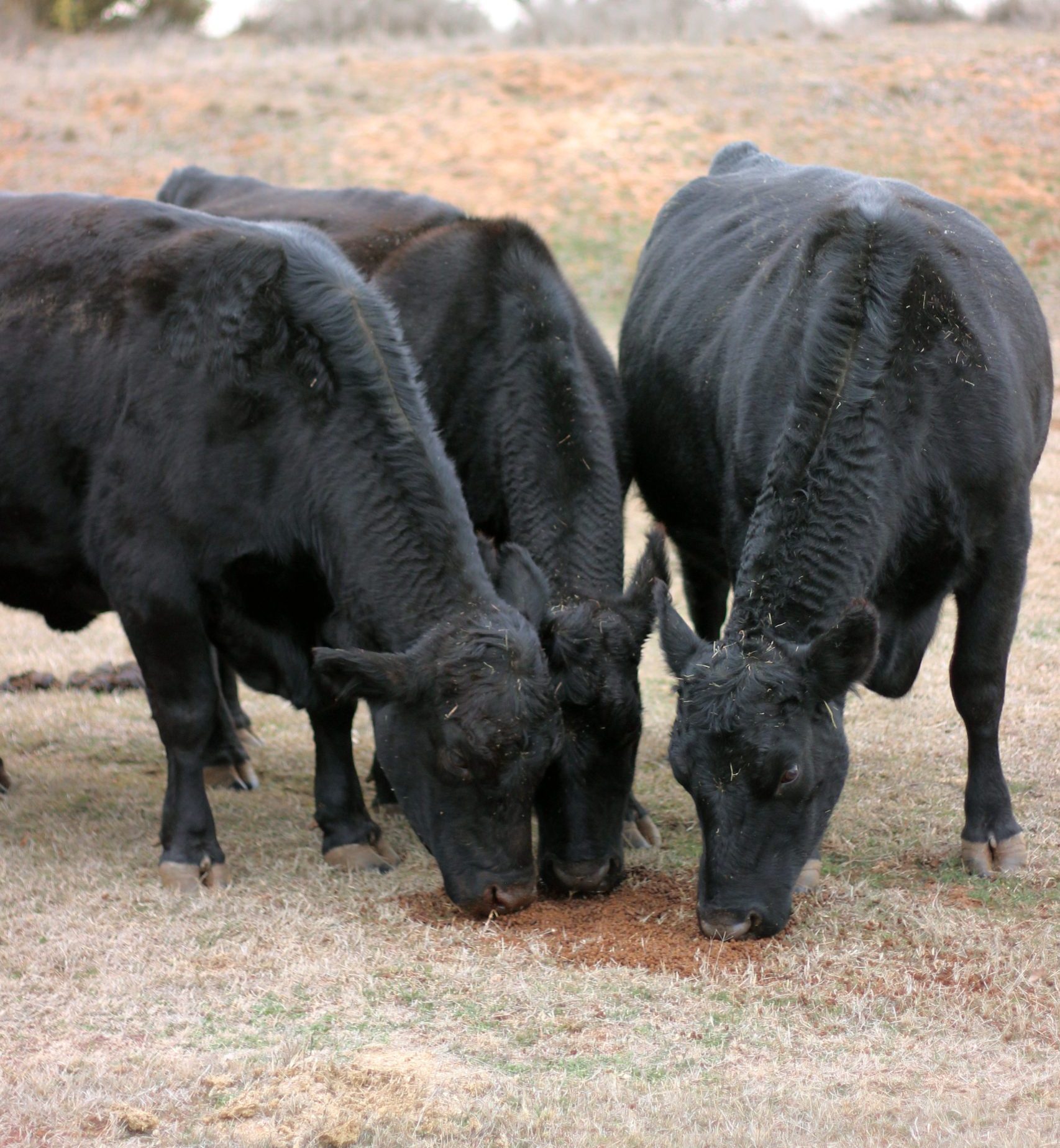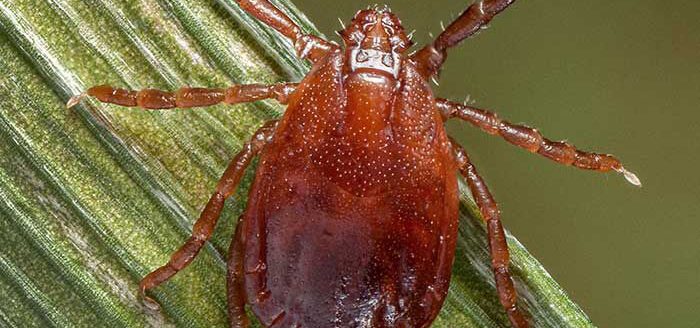Anthrax, which is present in many soils, can come out of dormancy and cause sudden death in livestock. Although most picture the white powder developed in a laboratory and associated with the 2001 anthrax terrorist attacks, the anthrax of concern here is a naturally occurring bacterium called Bacillus anthracis.
Anthrax is a gram positive bacteria which forms spores that are highly-resistant to environmental degradation. It is present across the world, but comes out of dormancy in isolated areas. Significant rainfall can expose the spores to live animals. Outbreaks usually occur in locations with a history of anthrax cases. North Dakota has experienced an increased number of incidents this year with 25 cases reported leading to the deaths of 170 cattle.
“Anthrax is one of those somewhat unique infectious diseases,” said Gerald Stokka, associate professor and Extension veterinarian at North Dakota State University. “It’s like putting an egg in the environment and encasing it in concrete. If an animal died of anthrax 100 years ago those spores are still there, and they are able to be infective to the animal that picks them up when they graze close to the ground. And then the spore replicates itself and off it goes in a big way.”
According to Stokka, anthrax poisoning is a highly fatal disease, and it is very unusual for an animal to recover after infection. He said most animals do not show symptoms and die suddenly within hours. According to NDSU, in cases where the infection is less acute, animals may present symptoms such as staggering, difficulty breathing, trembling, collapse, and sudden death.
Signs an animal died from anthrax include blood oozing from body openings, bloating and rapid decomposition. There is often swelling over the carcass, particularly at the brisket. Although cattle are most susceptible to anthrax, Stokka said sheep and horses can also contract it. Colic is often a symptom in horses that have been infected with anthrax.
Stokka said anthrax deaths seem to occur after significant rainfall that disturbs the soil and awakens the latent spores. Infections almost always occur during grazing season when cattle are ingesting grass daily, and some instances can be tied to overgrazing. However, the most recent case in North Dakota happened in the fall. Stokka said that case was out of the ordinary, but there was no snow cover on the ground, which could have led to the animal consuming the bacteria.
Stokka said necropsies are discouraged in cases where anthrax is suspected because cutting an infected animal open can release the spores into the environment and spread the infection. The Centers for Disease Control and Prevention has stated it is rare for humans to inhale the spores and become seriously infected with the disease. Stokka said skin infections in humans are more likely from coming into physical contact with the spores, but this type of exposure is treatable.
“In areas where anthrax has occurred, if you get a suspicious death in one or two animals, the blood hasn’t clotted, and you’re suspicious of anthrax, you could take a blood sample to a veterinarian to identify whether it’s anthrax positive,” he said.
When it comes to disposal of infected carcasses, there is no ideal option. Stokka said the most commonly accepted practice is to bury the corpse extremely deep in the ground where cattle do not graze. Stokka does not recommend burning carcasses of infected cattle.
Stokka said anthrax vaccines are available and are extremely effective. Interestingly, anthrax was one of the first zoonic diseases for which a vaccine was created. He said some producers that are in areas where there have been prior infections incorporate the vaccine into their annual herd health programs and administer yearly vaccine boosters. Others only vaccinate when there is an outbreak in the area.
“It’s a what we call a virulent spore vaccine, where they actually use the lives spores, but they don’t cause disease,” he said. “It turns out it’s a really good vaccine that protects animals. Once you vaccinate cattle, the disease seems to stop in a matter of days.”
Stokka’s recommendation is to contact a veterinarian if you suspect an anthrax-related death to confirm the disease before adding the vaccine to your herd health protocol and be cognizant of previous anthrax infections in your location.
Lacey Vilhauer can be reached at 620-227-1892 or [email protected].




